5 Steps to Host a Fast Static Website on AWS
Let’s be real for a second— if your website takes more than 3 seconds to load, you’re already losing people. Whether you’re launching a portfolio, a product landing page, or a documentation site, speed matters. And what better way to host a blazing-fast, budget-friendly website than with AWS? What is a Static Website? Let’s get the basics out of the way. A static website means all your content—HTML, CSS, JS, and assets—is prebuilt and doesn’t require a backend or server-side rendering. Think: Portfolios Blogs (built with Hugo, Jekyll, or Astro) Landing pages Documentation (like with Docusaurus) Static = fast. And AWS = scalable. Together? What You’ll Need Before We Start Here’s a quick checklist: An AWS account (free tier is great for most use cases) A domain name (you can buy one via Route 53 or elsewhere) Your static website files (built with React, Vue, Astro, etc.) Basic familiarity with AWS Console or CLI Step 1: Upload Your Website to Amazon S3 Amazon S3 (Simple Storage Service) is where your website will live. Create a Bucket Log into AWS Console → Go to S3 Click “Create Bucket” Set your Bucket name (should match your domain name, e.g. myawesomewebsite.com) Choose a region close to your audience (e.g. us-east-1) Uncheck “Block all public access” (you’ll make it publicly accessible) Leave the rest as default and click “Create bucket” Upload Your Files Click into your new bucket Upload your build folder (usually dist/, build/, or public/) Make sure your index.html and error.html are in the root Enable Static Website Hosting Go to the Properties tab of your bucket Scroll down to Static Website Hosting Click “Edit” Enable hosting and set: - Index document: index.html - Error document: error.html (optional but recommended) Save changes You’ll get a URL like: http://myawesomewebsite.s3-website-us-east-1.amazonaws.com This is live now, but wait—we’re not done yet. Set Permissions for Public Access Go to Permissions → Bucket Policy and paste this JSON: { "Version": "2012-10-17", "Statement": [ { "Sid": "PublicReadGetObject", "Effect": "Allow", "Principal": "*", "Action": "s3:GetObject", "Resource": "arn:aws:s3:::myawesomewebsite.com/*" } ] } Replace myawesomewebsite.com with your bucket name. Step 2: Distribute Content with Amazon CloudFront So your site is live… but it’s not fast globally. Enter CloudFront. CloudFront is AWS’s CDN (Content Delivery Network). It caches your content on servers around the world, so users in Tokyo don’t have to fetch files from Virginia. Create a CloudFront Distribution Go to CloudFront → Create Distribution Under Origin domain, select your S3 bucket endpoint Under Viewer protocol policy, choose “Redirect HTTP to HTTPS” In Default root object, enter index.html Enable compression (improves load times) Click “Create distribution” It may take a few minutes to deploy. When done, you’ll get a CloudFront URL like: https://d1234abcde.cloudfront.net Optional (but smart): Custom Error Pages You can configure custom error responses like 404 pages. Go to your CloudFront distribution → Error Pages → Create Custom Error Response. Set it to use /error.html with a response code of 200. Step 3: Connect a Custom Domain with Route 53 (or Others) We all want clean URLs like myawesomewebsite.com—not weird CloudFront URLs. Let’s hook it up. Option 1: Using Route 53 Go to Route 53 → Hosted Zones → Create hosted zone Enter your domain name and create the zone Route 53 gives you NS (Name Server) records—go update your domain registrar (GoDaddy, Namecheap, etc.) to use these Now, create a record: Type: A – IPv4 address Alias: Yes Alias Target: your CloudFront distribution Routing policy: Simple Record name: leave empty for apex (myawesomewebsite.com) or use www Repeat for both root and www if needed. Option 2: Using External DNS Providers If you’re not using Route 53: Go to your DNS settings Create a CNAME record: - Name: www or blank - Value: CloudFront domain (e.g., d1234abcde.cloudfront.net) Step 4: Secure with HTTPS using AWS Certificate Manager (ACM) No one trusts a site that says “Not Secure.” Let’s get that lock. Request a Certificate Go to AWS Certificate Manager Click “Request a certificate” Choose “Public certificate” Add both myawesomewebsite.com and www.myawesomewebsite.com Use DNS validation (easier with Route 53) AWS gives you DNS records to add. Once validated, you’re good to go. Attach Certificate to CloudFront Go back to your CloudFront Distribution → Edit Under Custom SSL Certificate, choose your domain's certificate Save and deploy Boom—your site is now secure. Step 5: Speed It Up Like a Pro (Performance Optimization) Even though static sites are fast by default, we can m
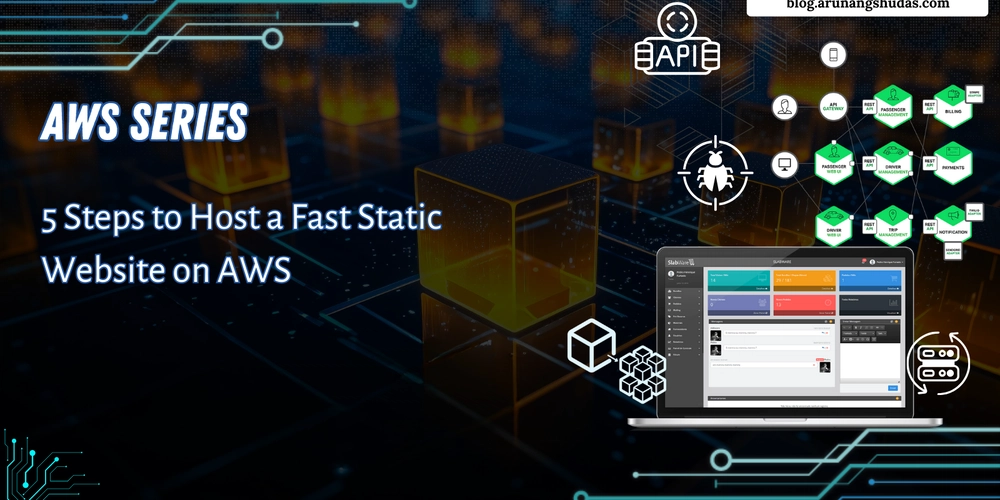
Let’s be real for a second— if your website takes more than 3 seconds to load, you’re already losing people. Whether you’re launching a portfolio, a product landing page, or a documentation site, speed matters. And what better way to host a blazing-fast, budget-friendly website than with AWS?
What is a Static Website?
Let’s get the basics out of the way.
A static website means all your content—HTML, CSS, JS, and assets—is prebuilt and doesn’t require a backend or server-side rendering.
Think:
- Portfolios
- Blogs (built with Hugo, Jekyll, or Astro)
- Landing pages
- Documentation (like with Docusaurus)
Static = fast. And AWS = scalable. Together?
What You’ll Need Before We Start
Here’s a quick checklist:
- An AWS account (free tier is great for most use cases)
- A domain name (you can buy one via Route 53 or elsewhere)
- Your static website files (built with React, Vue, Astro, etc.)
- Basic familiarity with AWS Console or CLI
Step 1: Upload Your Website to Amazon S3
Amazon S3 (Simple Storage Service) is where your website will live.
Create a Bucket
- Log into AWS Console → Go to S3
- Click “Create Bucket”
- Set your Bucket name (should match your domain name, e.g.
myawesomewebsite.com) - Choose a region close to your audience (e.g.
us-east-1) - Uncheck “Block all public access” (you’ll make it publicly accessible)
- Leave the rest as default and click “Create bucket”
Upload Your Files
- Click into your new bucket
- Upload your build folder (usually
dist/,build/, orpublic/) - Make sure your
index.htmlanderror.htmlare in the root
Enable Static Website Hosting
- Go to the Properties tab of your bucket
- Scroll down to Static Website Hosting
- Click “Edit”
- Enable hosting and set:
- Index document:
index.html- Error document:error.html(optional but recommended) - Save changes
You’ll get a URL like:
http://myawesomewebsite.s3-website-us-east-1.amazonaws.com
This is live now, but wait—we’re not done yet.
Set Permissions for Public Access
Go to Permissions → Bucket Policy and paste this JSON:
{
"Version": "2012-10-17",
"Statement": [
{
"Sid": "PublicReadGetObject",
"Effect": "Allow",
"Principal": "*",
"Action": "s3:GetObject",
"Resource": "arn:aws:s3:::myawesomewebsite.com/*"
}
]
}
Replace myawesomewebsite.com with your bucket name.
Step 2: Distribute Content with Amazon CloudFront
So your site is live… but it’s not fast globally. Enter CloudFront.
CloudFront is AWS’s CDN (Content Delivery Network). It caches your content on servers around the world, so users in Tokyo don’t have to fetch files from Virginia.
Create a CloudFront Distribution
- Go to CloudFront → Create Distribution
- Under Origin domain, select your S3 bucket endpoint
- Under Viewer protocol policy, choose “Redirect HTTP to HTTPS”
- In Default root object, enter
index.html - Enable compression (improves load times)
- Click “Create distribution”
It may take a few minutes to deploy.
When done, you’ll get a CloudFront URL like:
https://d1234abcde.cloudfront.net
Optional (but smart): Custom Error Pages
You can configure custom error responses like 404 pages. Go to your CloudFront distribution → Error Pages → Create Custom Error Response.
Set it to use /error.html with a response code of 200.
Step 3: Connect a Custom Domain with Route 53 (or Others)
We all want clean URLs like myawesomewebsite.com—not weird CloudFront URLs.
Let’s hook it up.
Option 1: Using Route 53
- Go to Route 53 → Hosted Zones → Create hosted zone
- Enter your domain name and create the zone
- Route 53 gives you NS (Name Server) records—go update your domain registrar (GoDaddy, Namecheap, etc.) to use these
Now, create a record:
- Type: A – IPv4 address
- Alias: Yes
- Alias Target: your CloudFront distribution
- Routing policy: Simple
-
Record name: leave empty for apex (
myawesomewebsite.com) or usewww
Repeat for both root and www if needed.
Option 2: Using External DNS Providers
If you’re not using Route 53:
- Go to your DNS settings
- Create a CNAME record:
- Name:
wwwor blank - Value: CloudFront domain (e.g.,d1234abcde.cloudfront.net)
Step 4: Secure with HTTPS using AWS Certificate Manager (ACM)
No one trusts a site that says “Not Secure.”
Let’s get that lock.
Request a Certificate
- Go to AWS Certificate Manager
- Click “Request a certificate”
- Choose “Public certificate”
- Add both
myawesomewebsite.comandwww.myawesomewebsite.com - Use DNS validation (easier with Route 53)
AWS gives you DNS records to add. Once validated, you’re good to go.
Attach Certificate to CloudFront
Go back to your CloudFront Distribution → Edit
- Under Custom SSL Certificate, choose your domain's certificate
- Save and deploy
Boom—your site is now secure.
Step 5: Speed It Up Like a Pro (Performance Optimization)
Even though static sites are fast by default, we can make it ultra fast.
Enable Brotli + Gzip Compression
AWS CloudFront handles this automatically—just make sure “Compress Objects Automatically” is turned on.
Set Proper Caching Headers
In S3 → set metadata for files like:
Cache-Control: max-age=31536000, public
This ensures static files (CSS/JS/images) are cached for up to a year.
But don’t set this on HTML files unless you want users to never get updates.
Bundle + Minify Your Assets
Make sure your site is built using a bundler like:
- Vite
- Webpack
- Parcel
This will ensure:
- Smaller JS/CSS files
- Tree shaking
- Faster time-to-first-paint (TTFP)
Use Lazy Loading + Image Optimization
Lazy load images and defer scripts to improve load time. Use modern formats like WebP for images.
Final Checklist
| Feature | Status |
|---|---|
| S3 Bucket Live | ✅ |
| Static Hosting Enabled | ✅ |
| CloudFront CDN | ✅ |
| Custom Domain | ✅ |
| HTTPS Enabled | ✅ |
| Cache & Compression | ✅ |
Real-World Use Cases
If you’re wondering if this is worth it—it absolutely is. Here’s where AWS-hosted static sites shine:
Personal Portfolio
You want your resume and projects to load quickly. No server. No delay. Just boom—open and done.
Documentation Sites
Using tools like Docusaurus or MkDocs? You can deploy them to S3 + CloudFront with minimal cost.
SaaS Landing Pages
First impressions matter. You don’t want your product page to lag. This setup gives you global speed and 99.999999999% uptime.
Product Launch Sites
Expecting traffic from Product Hunt or Reddit? You can scale from 10 visitors to 10 million without blinking.
Bonus: Automate with GitHub Actions
Want to push your site to AWS every time you commit? Use CI/CD with GitHub Actions and AWS CLI.
Here’s a tiny example:
name: Deploy to S3
on:
push:
branches:
- main
jobs:
deploy:
runs-on: ubuntu-latest
steps:
- uses: actions/checkout@v2
- run: npm install && npm run build
- uses: jakejarvis/s3-sync-action@master
with:
args: --acl public-read --delete
env:
AWS_S3_BUCKET: ${{ secrets.S3_BUCKET }}
AWS_ACCESS_KEY_ID: ${{ secrets.AWS_ACCESS_KEY_ID }}
AWS_SECRET_ACCESS_KEY: ${{ secrets.AWS_SECRET_ACCESS_KEY }}
SOURCE_DIR: './dist'
This way, you update your site by pushing to GitHub—zero manual steps.
Wrapping It Up
Hosting a static website on AWS may sound intimidating at first, but it’s honestly one of the best developer moves you can make.
It’s:
- Fast
- Cheap
- Scalable
- Secure
In just 5 steps, you’ve gone from folder of files to a global, HTTPS-enabled site—served in milliseconds from edge locations around the planet.
TL;DR (Too Long, Didn’t Read)
5 Steps to Host a Static Website on AWS:
- Upload your website files to an S3 bucket and enable static hosting
- Use CloudFront for CDN and performance boost
- Set up a custom domain with Route 53 (or your DNS provider)
- Get an SSL certificate from ACM for HTTPS
- Optimize caching, compression, and delivery for lightning-fast speeds
If this helped, share it with a friend or dev who's about to deploy their next project. Or better—tweet it, blog it, build it.
You may also like:
Read more blogs from Here
Share your experiences in the comments, and let’s discuss how to tackle them!
Follow me on Linkedin











































































































































































![[The AI Show Episode 144]: ChatGPT’s New Memory, Shopify CEO’s Leaked “AI First” Memo, Google Cloud Next Releases, o3 and o4-mini Coming Soon & Llama 4’s Rocky Launch](https://www.marketingaiinstitute.com/hubfs/ep%20144%20cover.png)


















































































































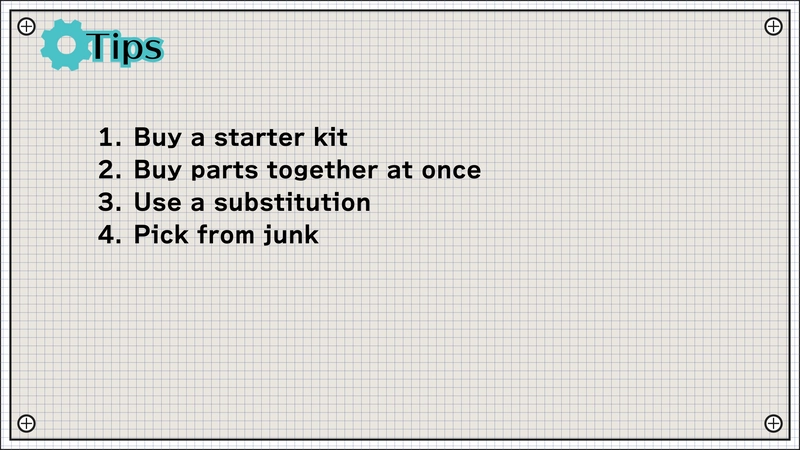























































































![GrandChase tier list of the best characters available [April 2025]](https://media.pocketgamer.com/artwork/na-33057-1637756796/grandchase-ios-android-3rd-anniversary.jpg?#)









































.png?width=1920&height=1920&fit=bounds&quality=70&format=jpg&auto=webp#)


























.webp?#)











































































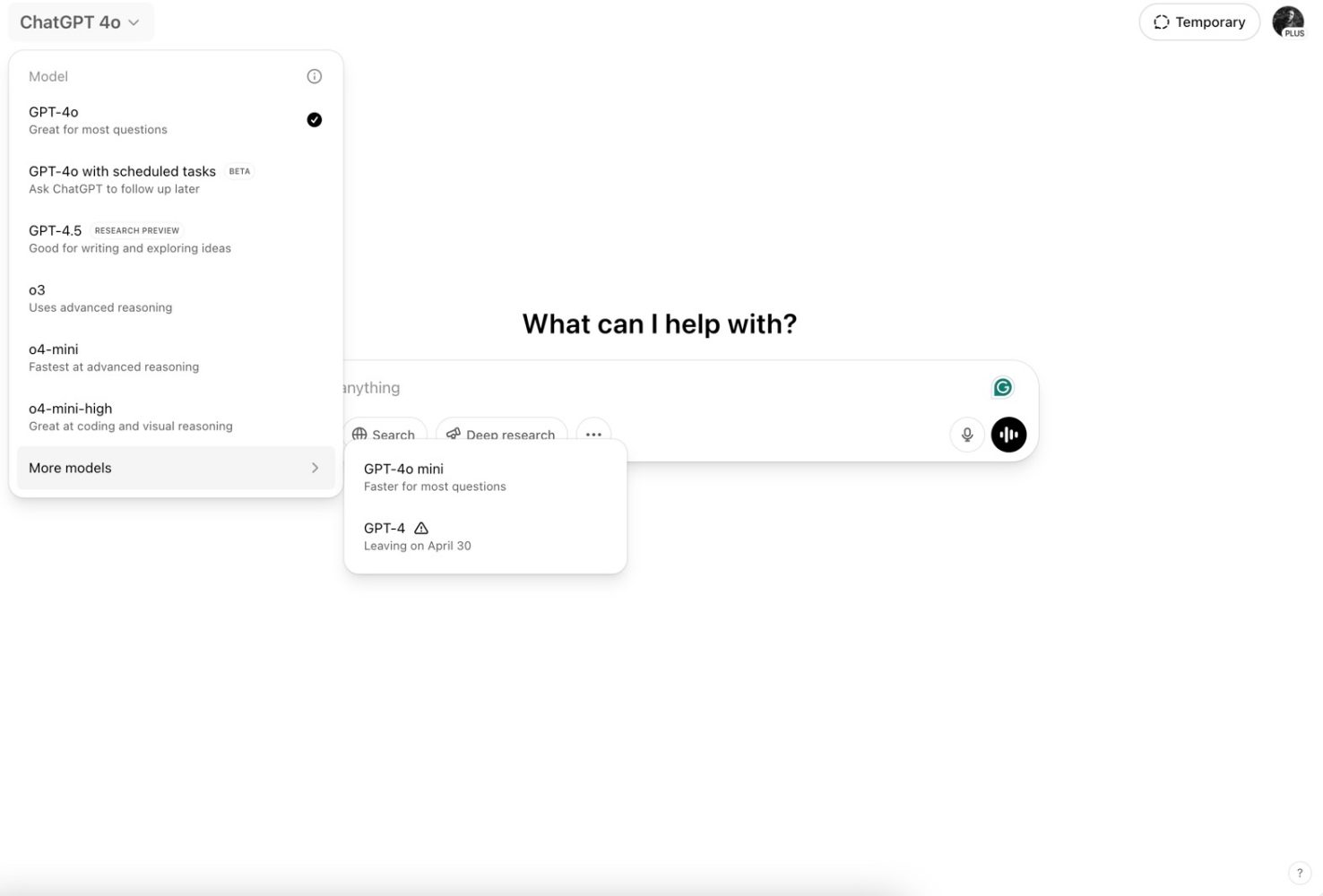














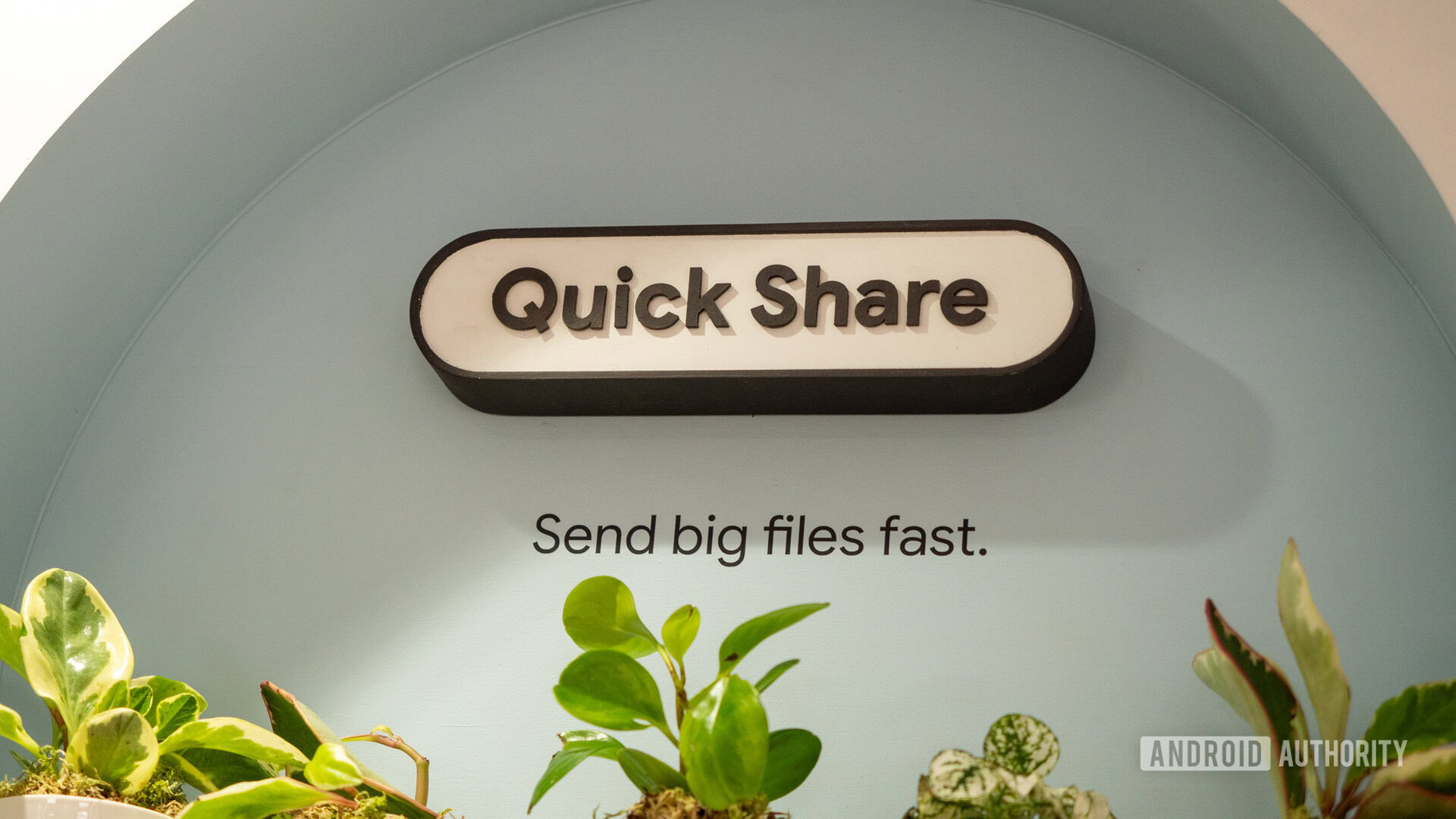






![Quick Share redesign looks more like a normal app with prep for ‘Receive’ and ‘Send’ tabs [Gallery]](https://i0.wp.com/9to5google.com/wp-content/uploads/sites/4/2024/12/quick-share-1.jpg?resize=1200%2C628&quality=82&strip=all&ssl=1)








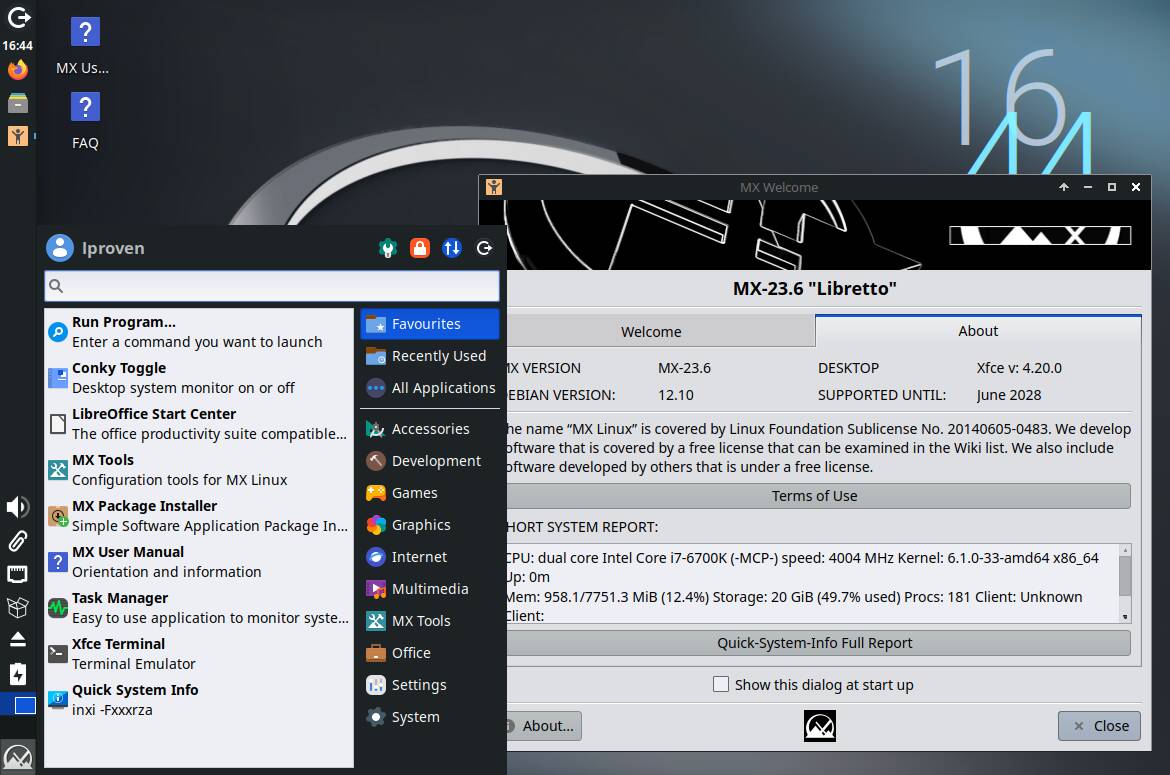



![New Beats USB-C Charging Cables Now Available on Amazon [Video]](https://www.iclarified.com/images/news/97060/97060/97060-640.jpg)

![Apple M4 13-inch iPad Pro On Sale for $200 Off [Deal]](https://www.iclarified.com/images/news/97056/97056/97056-640.jpg)
![Apple Shares New 'Mac Does That' Ads for MacBook Pro [Video]](https://www.iclarified.com/images/news/97055/97055/97055-640.jpg)




































































































































